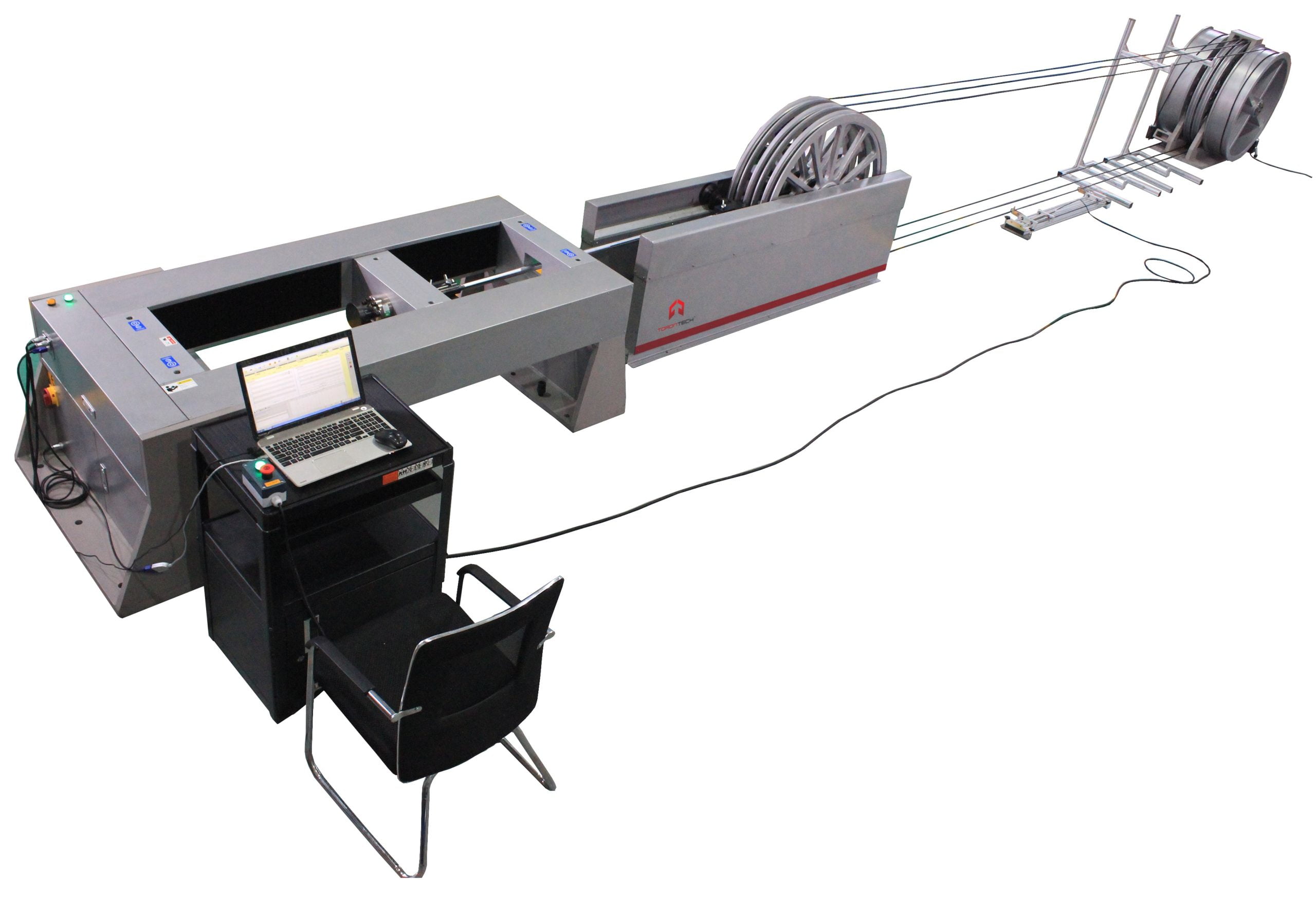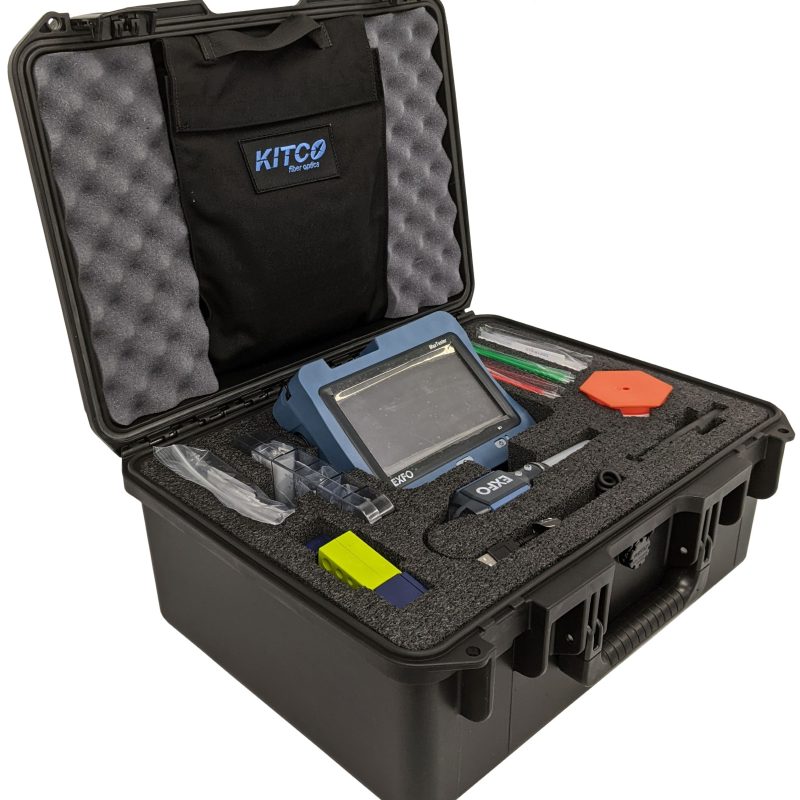Exploring the Impact of Robotic Vision on Modern Production Techniques and Quality Assurance
Robotic vision innovation is changing the landscape of contemporary production and quality control. By incorporating sophisticated imaging systems and expert system, producers can achieve unprecedented levels of precision and performance. This change not just optimizes manufacturing procedures but also addresses essential challenges in preserving product requirements. As markets significantly depend on these developments, the implications for future manufacturing methods continue to be to be totally discovered. What will this suggest for the affordable dynamics of the market?
Recognizing Robotic Vision Modern Technology
Robotic vision innovation works as the backbone of automation in contemporary manufacturing. It encompasses using electronic cameras, sensing units, and synthetic knowledge to allow robotics to interpret and reply to aesthetic details from their atmosphere. This modern technology enables robotics to determine, situate, and evaluate things, making them with the ability of doing complicated tasks such as setting up, assessment, and material handling with precision. The assimilation of device knowing algorithms even more enhances the ability of robotic vision systems, enabling them to adjust to varying problems and improve gradually. By refining photos and data in real-time, robot vision systems can assist in faster decision-making and decrease errors in producing processes (optical measurement system). This technology not only boosts functional performance but likewise ensures that high quality criteria are satisfied regularly. As the production landscape remains to advance, comprehending the complexities of robotic vision technology comes to be essential for leveraging its prospective fully
Advantages of Robotic Vision in Production
Robotic vision technology provides substantial advantages in production by improving precision and precision in jobs such as quality assurance and assembly. This increased degree of information warranties that products meet rigorous standards, decreasing waste and revamp. In addition, the integration of robotic vision can lead to raised manufacturing efficiency, allowing makers to optimize their procedures and achieve greater result prices.
Boosted Precision and Accuracy
In modern production, enhanced precision and accuracy are vital for enhancing manufacturing procedures and guaranteeing product top quality. Robotic vision systems enable devices to execute intricate tasks with exceptional uniformity. These systems use sophisticated imaging technologies to spot minute information and variants in materials, elements, and ended up products. By evaluating visual data in real-time, robot vision considerably decreases human error, causing fewer defects and higher top quality criteria. Furthermore, boosted accuracy in dimensions and positioning facilitates better placement in assembly procedures, which is necessary for complex layouts. Inevitably, the assimilation of robot vision not just bolsters the reliability of making results yet also cultivates confidence among consumers relating to product stability and performance. This accuracy is critical in industries where quality is paramount.
Enhanced Production Efficiency

Makers are increasingly transforming to vision systems to improve production efficiency throughout numerous procedures. These sophisticated systems make it possible for real-time examination and monitoring, substantially lowering downtime brought on by mistakes or issues. By integrating robot vision, firms can automate quality assurance, permitting faster recognition of problems and decreasing the need for human treatment. This results in streamlined process, as robotics can rapidly adapt to changes in production demands without sacrificing accuracy. Additionally, vision systems promote far better stock management by accurately tracking components and items, making sure optimal source utilization. Eventually, the fostering of robotic vision not only boosts performance but additionally adds to higher output rates, lowered operational costs, and improved total performance in the production market.
Enhancing High Quality Control Processes
Robotic vision innovation significantly improves quality control processes in manufacturing by using accuracy inspection strategies. These sophisticated systems promote real-time flaw discovery, making certain that products satisfy rigorous top quality requirements. As an outcome, manufacturers can lessen waste and boost total performance.
Accuracy Assessment Techniques
Accuracy evaluation techniques have actually revolutionized top quality control procedures in manufacturing, enabling the discovery of min problems that conventional techniques may neglect. These techniques leverage progressed imaging technologies, such as high-resolution video cameras and laser scanning, to accomplish unparalleled precision. By using robotic vision systems, manufacturers can automate inspection jobs, making sure regular performance and reducing human error. The combination of device knowing algorithms furthermore enhances these systems, permitting them to adjust and improve with time. Furthermore, precision evaluation promotes the identification of refined variations in Learn More Here product dimensions and surface area finishes, which can significantly influence overall item quality. Therefore, producers can apply rehabilitative activities a lot more quickly, ultimately bring about lowered waste and enhanced customer contentment.
Real-Time Issue Discovery
Harnessing advanced imaging innovations, real-time flaw discovery changes quality assurance procedures in production. By incorporating high-resolution cameras and innovative formulas, makers can quickly identify abnormalities throughout manufacturing. This innovation facilitates instant restorative actions, reducing waste and improving general performance. Real-time systems examine products as they move along the setting up line, ensuring that problems are detected and resolved without postponing production timetables. Furthermore, the implementation of artificial intelligence improves the precision of these systems, enabling them to adjust to new flaw patterns in time. Suppliers benefit from enhanced product top quality and decreased operational expenses. Eventually, real-time defect discovery not just enhances procedures however likewise fosters a society of continual improvement in modern manufacturing environments.
Real-Time Information Evaluation and Choice Making
In the dynamic landscape of manufacturing, real-time data evaluation equips systems to make swift, informed choices. By leveraging sophisticated robotic vision technologies, makers can collect and refine vast amounts of data instantaneously. These systems examine visual inputs to keep track of production procedures, guaranteeing that any variances from top quality requirements are discovered and dealt with quickly. Producers can optimize procedures by reallocating resources and changing workflows based on real-time understandings.
The assimilation of information analytics enables for predictive upkeep, where prospective devices failings are prepared for prior to they interfere with manufacturing. This proactive strategy decreases downtime and improves total performance. fibre testing equipment. The ability to make data-driven decisions in real time significantly reduces waste and boosts item high quality, enabling producers to react to market demands promptly. Because of this, real-time information analysis not only improves manufacturing however also promotes a culture of constant improvement in modern manufacturing atmospheres
Obstacles in Carrying Out Robotic Vision Solutions
Implementing robotic vision systems in making offers a variety of obstacles that can impede their effectiveness. One substantial barrier is the intricacy of integrating these systems with existing machinery and operations. Producers typically encounter compatibility problems with tradition equipment, causing raised prices and downtime. Additionally, the irregularity in item forms, sizes, and products can complicate the calibration Learn More Here of vision systems, necessitating comprehensive training and fine-tuning.
An additional challenge depends on processing big quantities of aesthetic data in actual time. High-performance computer resources are crucial, which might require further investment in facilities. There is a shortage of proficient workers qualified of taking care of and preserving these sophisticated systems, leading to prospective operational inadequacies. Making certain the dependability and accuracy of robotic vision systems under differing environmental conditions postures a constant obstacle. Dealing with these issues is vital for taking full advantage of the possible benefits of robot vision in production.
Future Fads in Robotic Vision for Manufacturing
As innovations in expert system and equipment knowing continue to progress, the future of robot vision in production shows up significantly appealing. Emerging patterns suggest a change towards a lot more innovative imaging innovations, such as 3D vision systems and hyperspectral imaging, which will certainly boost accuracy in quality assurance processes. Combination with the Internet of Things (IoT) will certainly enable real-time information analysis, enabling robot systems to adapt promptly to changes in the manufacturing environment. The development of joint robotics (cobots) furnished with advanced vision capabilities is anticipated to help with seamless human-robot interactions, enhancing efficiency and safety on the factory flooring. Additionally, the consolidation of edge computing will empower robotic vision systems to process information in your area, minimizing latency and making it possible for faster decision-making. These developments will not just simplify manufacturing procedures yet likewise considerably improve product high quality, positioning robot vision as a keystone of future commercial operations.
Often Asked Concerns
How Much Does Robotic Vision Modern Technology Commonly Price?
Robotic vision modern technology commonly sets you back in between $10,000 and $100,000, relying on the intricacy and specs. Variables influencing rate consist of sensing unit quality, software application capacities, and combination needs, making it vital to assess details task needs.
What Industries Are A Lot Of Impacted by Robotic Vision Improvements?
Robotic vision improvements significantly influence industries such as production, automotive, electronic devices, and food processing - optical measurement system. These industries take advantage of improved automation, enhanced high quality control, and enhanced efficiency, resulting in go to my blog structured procedures and decreased labor prices
Can Robotic Vision Solutions Be Integrated With Existing Machinery?
Robotic vision systems can certainly be integrated with existing machinery. This assimilation boosts operational performance, allowing manufacturers to leverage progressed modern technologies without the requirement for complete overhauls, thereby optimizing manufacturing procedures and preserving top quality standards.

What Abilities Are Required to Run Robotic Vision Equipments?
Running robotic vision systems necessitates proficiency in programming, an understanding of artificial intelligence, knowledge of picture handling techniques, and the capacity to repair hardware and software program concerns, making certain smooth integration and optimal performance within producing settings.
Exist Any Safety And Security Worry About Robotic Vision in Production?
